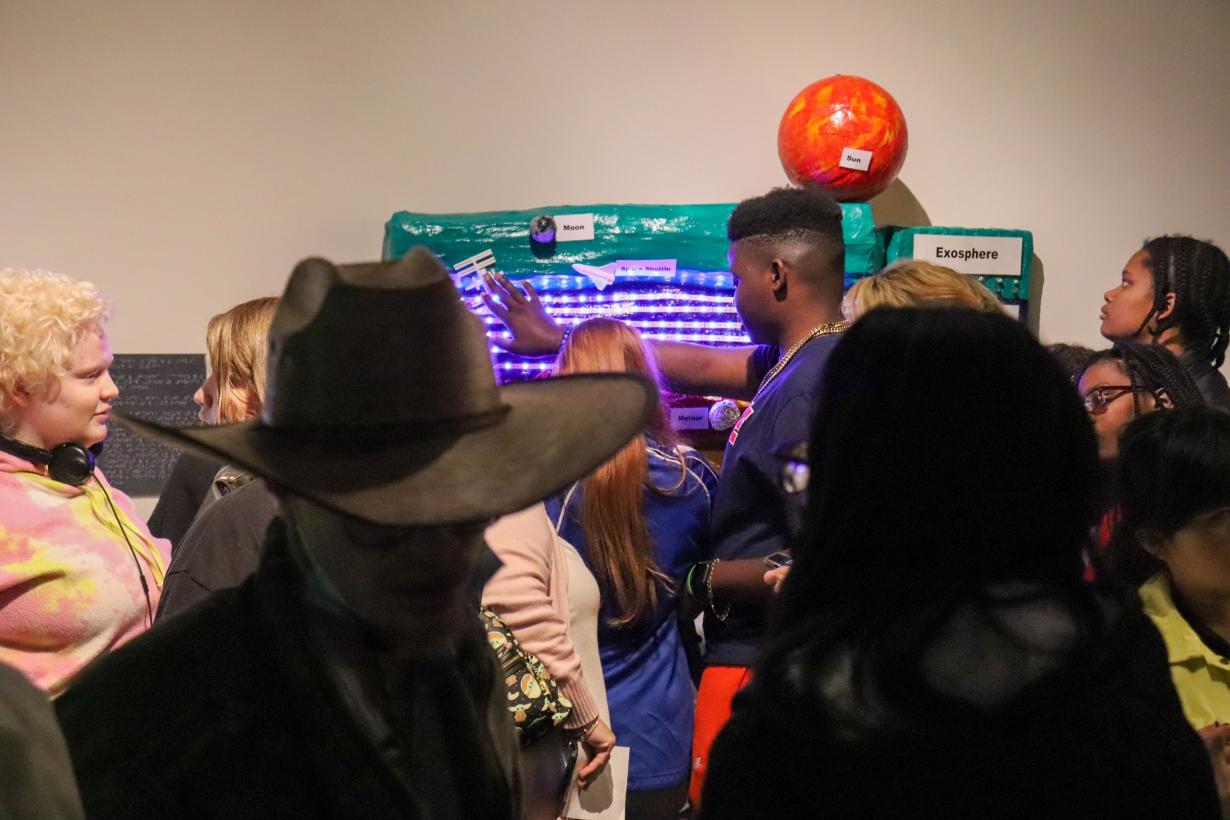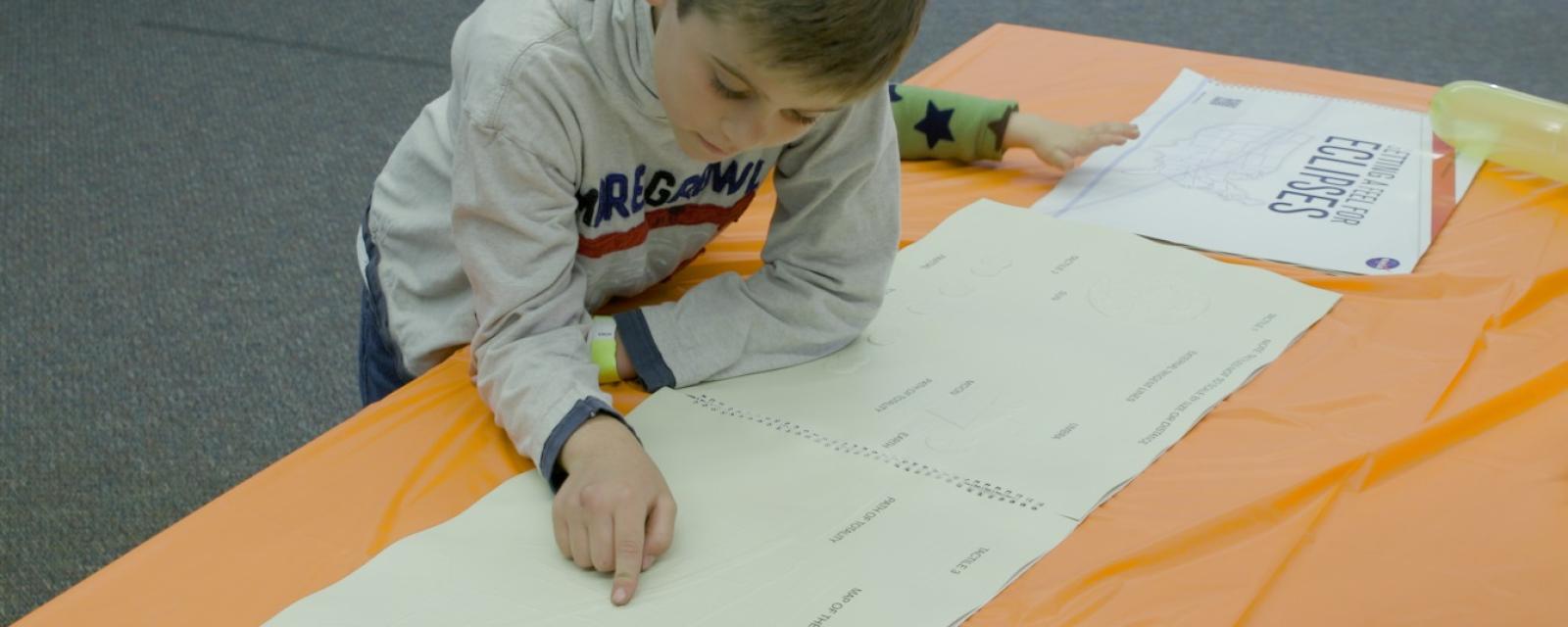
Blind and Low Vision Audiences
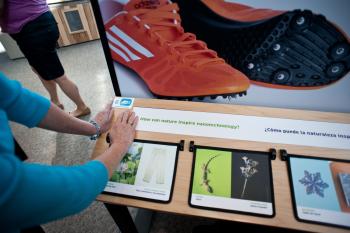
NISE Network strives to share STEM public engagement resources designed for all audiences, including blind and visually impaired participants. For more information about how NISE Network products are designed with an inclusive audiences approach using Universal Design principles, visit https://www.nisenet.org/Audiences.
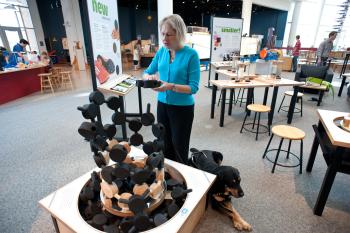
Strategies and Best Practices
- NISE Network Tips for Accessibility, Inclusion, and Engagement in Museums and Planetariums
- Everyone’s Universe by Noreen Grice http://www.youcandoastronomy.com/everunivnew.html
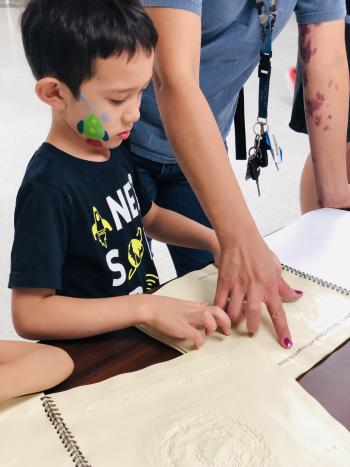
Credit: Space Foundation Discovery Center Colorado Springs, CO
Earth & Space Tactile Books
The NISE Network has distributed tactile books in past Explore Science: Earth & Space toolkits (2017-2020) and the Voyage through the Solar System kit (2023):
- NASA SSERVI Tactile and Braille Books
https://sservi.nasa.gov/books/- Getting a Feel for Lunar Craters: Apollo 50th Commemorative Edition tactile book
- Getting a Feel for Eclipses
- Mars Exploration tactile book
- A Tactile Guide to the Solar System tactile book
- Touch the Stars tactile book
http://www.youcandoastronomy.com/bookstars.htm
Tactile books and resources
- American Printing House for the Blind (APH) https://www.aph.org/aph-catalogs/
- National Braille Press https://www.nbp.org/
Printing Tactile Resources and 3D Printing
NISE Network has distributed tactile emodels in past physical Explore Science: Earth & Space toolkits including models of the Moon's surface.
- Space Telescope Science Institute Tactile Panels
https://outerspace.stsci.edu/display/STTI - NASA 3D printing and 3D model resources:
https://nasa3d.arc.nasa.gov/models - Mars
- 3D printable Mars models: https://nasa3d.arc.nasa.gov/search/mars
- Custom 3D print files can be generated using the NASA Mars Trek: https://trek.nasa.gov/mars/
Users can draw bounding boxes around any areas of interest to generate output files for 3D printing of desired surface features, instructions: https://trek.nasa.gov (choose "3D printing" from menu at the bottom of the screen)
- Moon
- 3D Printed image of the Lunar South Pole https://www.nasa.gov/specials/apollo50th/media.html
- 3D printable lunar models including Apollo landing sites: https://nasa3d.arc.nasa.gov/search/lunar
- Custom 3D print files can be generated using the NASA Moon Trek: https://trek.nasa.gov/moon/
Users can draw bounding boxes around any areas of interest to generate output files for 3D printing of desired surface features, instructions: https://trek.nasa.gov (choose "3D printing" from menu at the bottom of the screen)
- NASA Universe of Touch and Sound - tactile models, 3D printing, Lego for the Blind, and sonification
- NASA PUNCH Mission - Seeing the Sun's corona with your hands activity
- More 3D printing resources
- Smithsonian 3D Digitization (https://3d.si.edu)
- Using TouchSee for 3D printed Braille (https://touchsee.me)
- American Printing House for the Blind (APH) tactile resources https://www.aph.org/aph-catalogs/
Exhibition Audio Descriptions
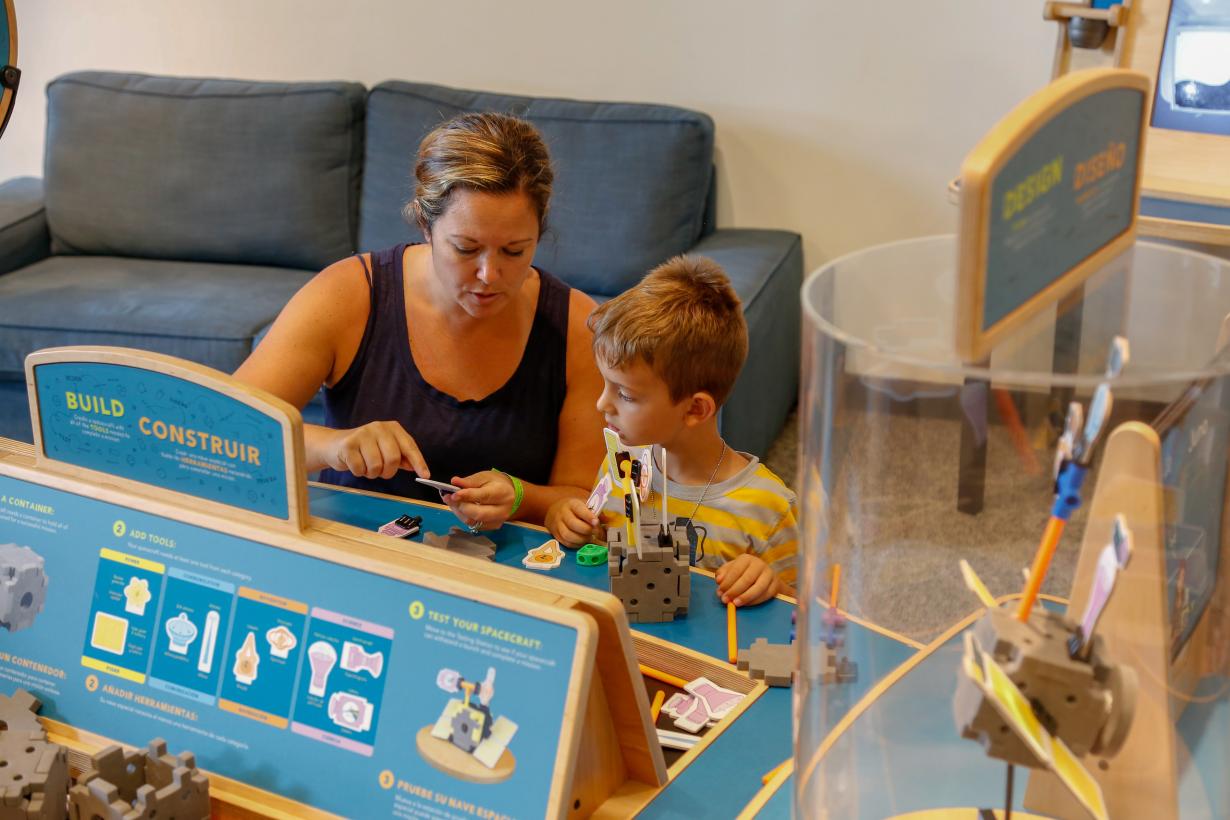
Sun, Earth, Universe Exhibition Audio Description
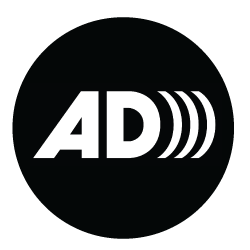
Audio Description

Descripciones de Audio
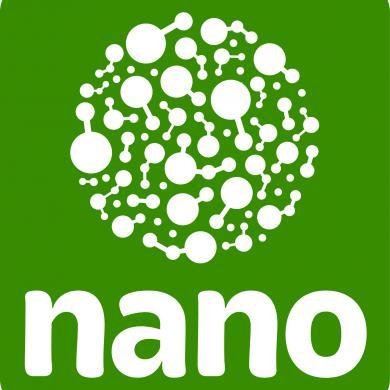
Nano mini-exhibition Audio Description
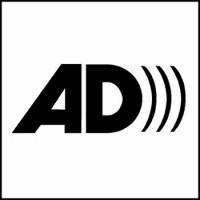
What is Nano? - Audio Description

¿Qué es Nano? - Audioguía
Sonifications
- Sonifications of the universe
https://chandra.cfa.harvard.edu/sound/ - Hubble Space Telescope
https://science.nasa.gov/mission/hubble/multimedia/sonifications/ - Astronify
https://astronify.readthedocs.io/en/latest/ - Heliophysics Audifed: Resonances in Plasmas (HARP) citizen science project
https://listen.spacescience.org/
Image Descriptions
- Descriptions for Hubble Telescope images
https://hubblesite.org/ - Descriptions for Webb Space Telescope images that anyone can use with the images
https://webbtelescope.org/
Universal Design and Accessibility Resources
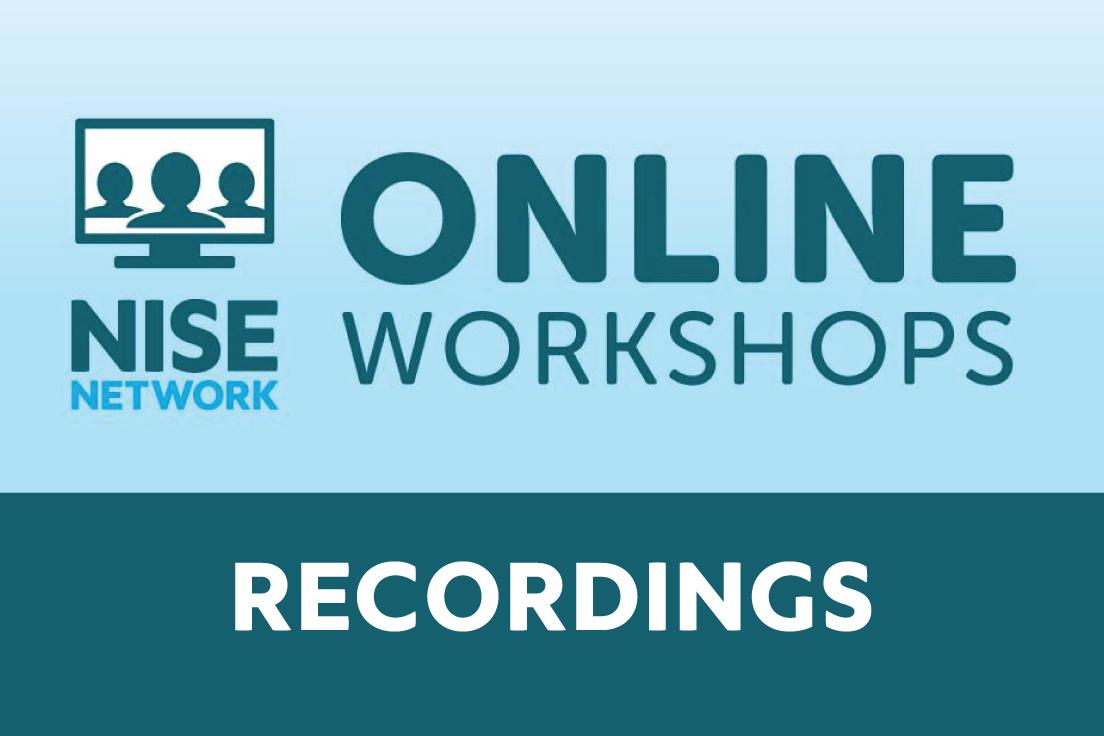
Online Workshop Recording: Practices, Principles, and Programming for Engaging Blind and Low Vision Audiences
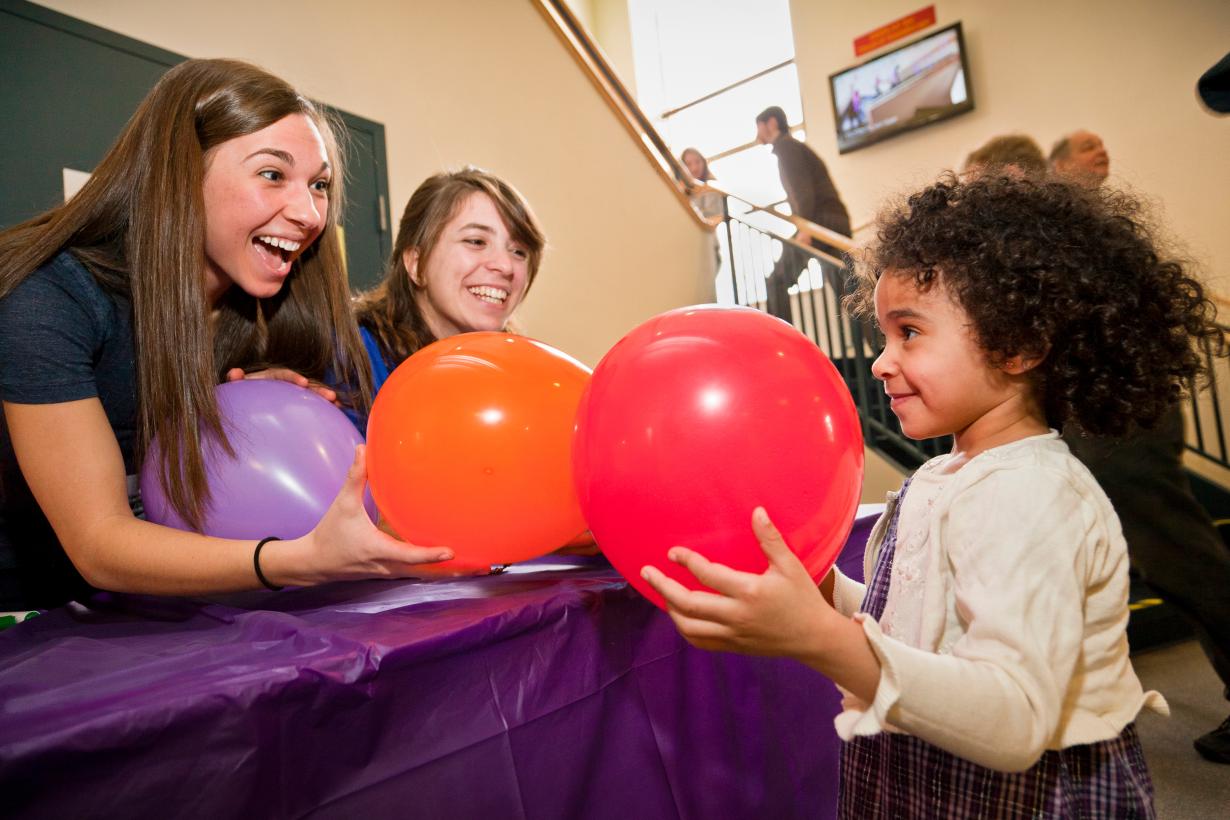
Inclusive Audiences
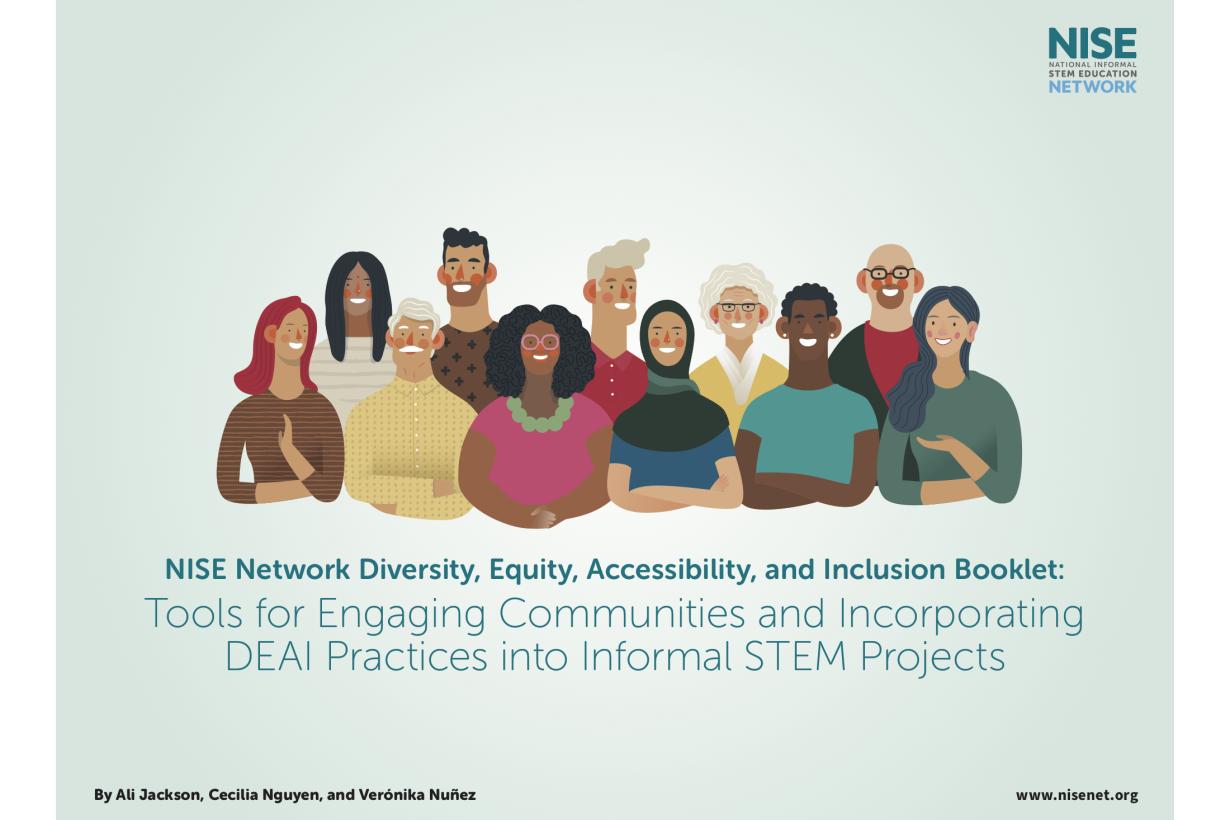
Diversity, Equity, Accessibility, and Inclusion (DEAI) Booklet
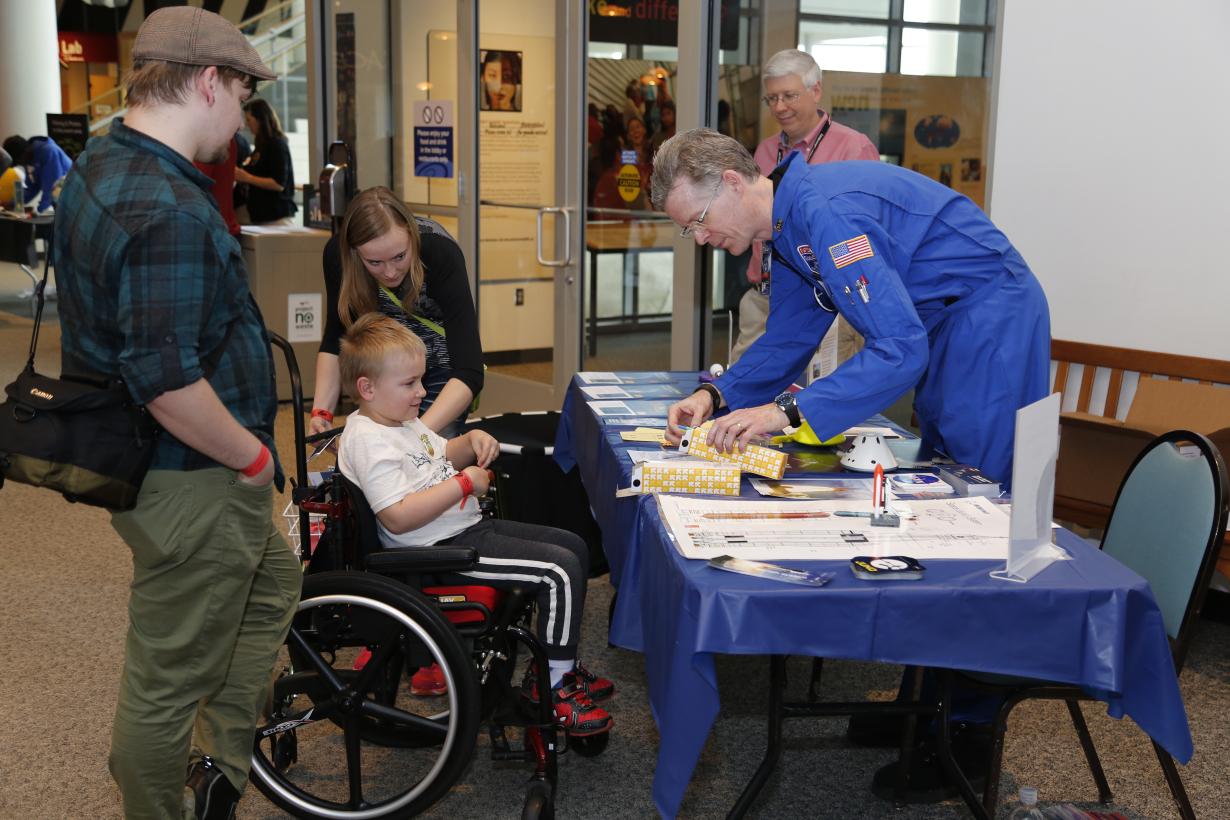
Tips Sheets for Engaging Public Audiences
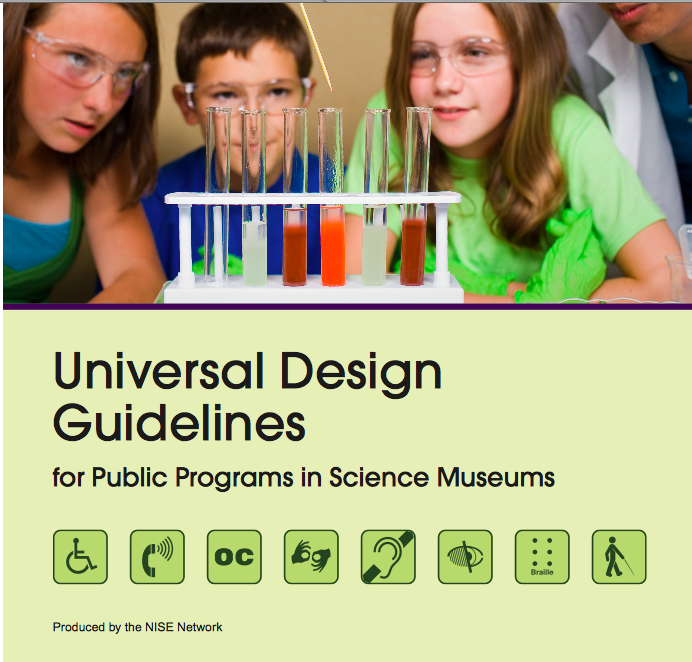
Universal Design Guidelines: Programs guide
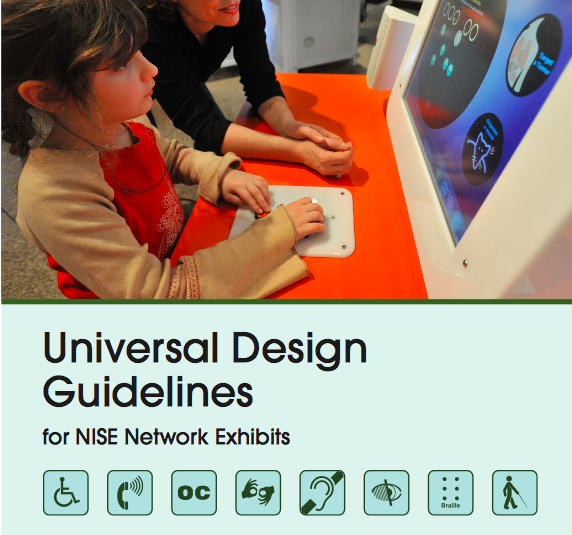
Universal Design Guidelines: Exhibits
More Resources
Inclusive Design for Museum Exhibits and Programs
- Find comprehensive recommendations for museums in the book The Art of Access: A Practical Guide for Museum Accessibility by Heather Pressman And Danielle Schulz
https://rowman.com/ISBN/9781538130506/The-Art-of-Access-A-Practical-Guide-for-Museum-Accessibility - Universal Design Plan for exhibit design and development by the Museum of Science, Boston
https://www.mos.org/sites/dev-elvis.mos.org/files/docs/misc/MOS_UD_Plan.pdf - Design accessible exhibits using the Smithsonian Guidelines for Accessible Exhibition Design:
https://access.si.edu/museum-professionals - Universal Design Guidelines for Public Programs in Science Museums by the NISE Network: https://www.nisenet.org/catalog/universal-design-guidelines-programs
- Accessible Communications Guidelines from the American Alliance of Museums
https://www.aam-us.org/2021/07/01/accessible-communications-guidelines - Everyone’s Universe by Noreen Grice
https://www.youcandoastronomy.com
Blind and Low-Vision Audience Resources
- Handbook for Museum Educators by Art Beyond Sight
http://www.artbeyondsight.org/handbook/index.shtml - American Association for State and Local History
https://aaslh.org/increasing-accessibility-for-visitors-who-arevisually-impaired-simple-solutions-for-small-museums - National Federation for the Blind
https://nfb.org/
Media Accessibility Best Practices
- Guidelines and tools for creating accessible digital learning media by GBH National Center for Accessible Media (NCAM)
https://www.wgbh.org/foundation/ncam/guidelines - A Framework for Diversity and Equity in K-12 Science Educational Media by WGBH
https://science.nasa.gov/science-red/s3fs-public/atoms/files/GBH_BUAC_Diversity_&_Equity_in_K-12_Science_Media_ Final_Report_TAGGED.pdf - Guidelines for audio description by the Audio Description Project
http://www.acb.org/adp - Guidelines for captioning educational video using the Captioning Key from Described and Captioned Media Program: Web-based version:
https://dcmp.org/learn/tags/captioning-key
Printed version: https://dcmp.org/captioningkey/print
Organizations
- National Federation for the Blind https://nfb.org/
- local and state affiliates https://nfb.org/about-us/state-affiliates
- National Organization of Parents of Blind Children https://nopbc.org/
- local and state contacts https://nopbc.org/local-contacts
- American Federation for the Blind https://www.afb.org/
- American Council of the Blind https://www.acb.org/
- American Printing House for the Blind (APH) https://www.aph.org/
- braille, audio, tactile graphics, and large print
- tools: https://www.aph.org/educational-resources/tactile-literacy-tools/

